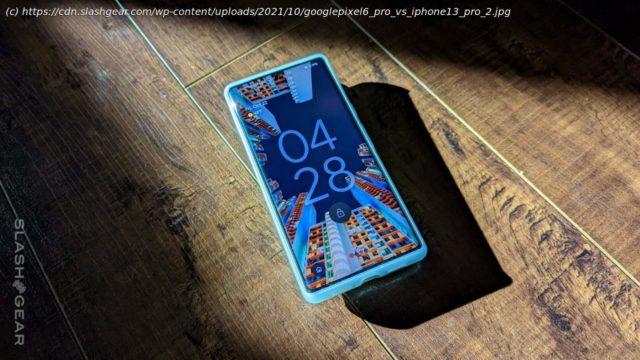The flagship phone tussle is usually the fiercest and a subject of concern for most people willing to spend on state-of-the-art technology, design, camera
The flagship phone tussle is usually the fiercest and a subject of concern for most people willing to spend on state-of-the-art technology, design, camera tricks and performance. Two stalwarts of most concern of late are the iPhone 13 Pro and the Pixel 6 Pro, which are both arguably the two of the best phones to release this year (save for the iPhone 13 Pro Max, which we have deliberately left out in this comparison). It’s not usual for smartphones to feel very new and fresh. In most cases, a new launch is an incremental change from the predecessor. Such is definitely the case with the iPhone 13 Pro, which is similar in feel but does outpower the iPhone 12 Pro with upgrades in the display, camera, performance and battery life. On the flip side, the Pixel 6 Pro is an altogether different handset from anything Google has delivered in the past. If you have been in the Android ecosystem – the proficiency of the Pixel flagship may seem new and refreshing from Google’s perspective – things could however feel a lot similar to other Android smartphones on the market. Google will however take heart from the fact that the Pixel 6 Pro is a big contender for the competition to deny. Out of the image of being a mid-tier smartphone, a Pixel phone is finally equipped to give not only the flagship Android handsets but even the iPhone 13 Pro a fierce competition. Let’s get into the details. While iPhone 13 Pro has many tricks up its sleeve, the most intriguing point is its ProMotion display. The 6.1-inch Super Retina XDR OLED display arrives with a 120Hz adaptive refresh rate. The high refresh rate has been a staple with Android devices for better graphics and smoother scrolling and is now a scene perfected by Apple as well. The notch on the iPhone 13 Pro’s Ceramic Shield front is smaller than before and should be more or less negligible for iPhone users accustomed to the compromised screen real estate, but for the first-timers, it’s still there. Face ID authentication is the only biometric option to access the phone as the Touch ID fingerprint sensor remains absent despite many rumors suggesting otherwise.






